Text
Colour symbol prompts
Feel free to use and reblog!
Include at least one meaning behind each number.
general/fluff:
#1 - white: purity, innocence, perfection, cleanliness
#2 - yellow: optimism, happiness, intellect, positivity
#3 - grey: maturity, control, practical, reliability
#4 - orange: youth, enthusiasm, emotion, optimism
#5 - red: action, strength, energy, passion
#6 - pink: compassion, playfulness, love, intuition
#7 - purple: royalty, spirituality, imagination
#8 - blue: trust, loyalty, security, responsible
#9 - turquoise: clarity, calmness, compassion, communicate
#10 - green: health, growth, safety, harmony
#11 - brown: honesty, stability, reliability, comfort
#12 - black: power, elegance, protection
#13 - silver: moon(light), water, object of all desires
#14 - gold: heavenly light, wealth, dominion
#15 - pearl: knowledge, wealth, treasure
angst:
#16 - white: distance, cold, emptiness
#17 - yellow: decay, rotting, cowardice, approach of death
#18 - grey: compromise, pessimism, indecisive
#19 - orange: domination, superficial, impatience
#20 - red: blood, danger, daring, revenge
#21 - pink: immature, timid, unconfident
#22 - purple: bruise, pain, mystery
#23 - blue: depression, passivity
#24 - turquoise: narcissism, stress, secrecy
#25 - green: envy, immaturity, inexperience, judgmental
#26 - brown: humility, poverty, timid
#27 - black: passivity, death, dominance, ignorance
#28 - silver: harm that comes with desire, deceive, insincerity
#29 - gold: arrogance, egotistic, pretension
#30 - pearl: unlucky, malice
527 notes
·
View notes
Text
Fantasy Wardrobe: Popular Headresses (Women) Part 1
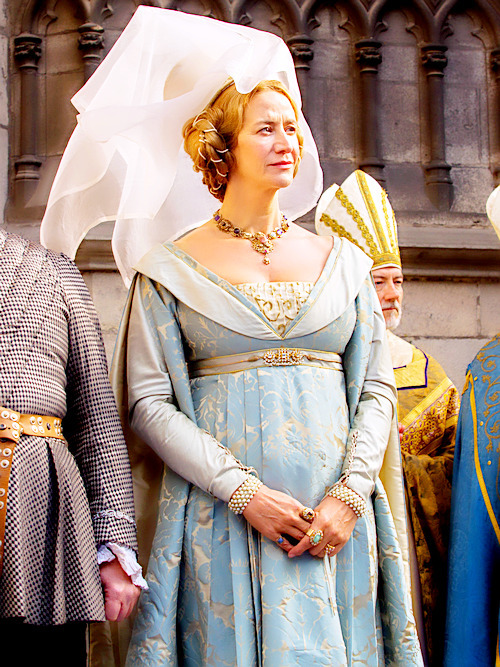
(Disclaimer: These are mostly European and from Mediaeval/Renaissance times. Other posts are coming about other periods and places so keep that in mind)
Fashion for ladies have changed throughout the centuries, no garment more so than the headdresses they wear. Statement headdresses can be an interesting component to add to your worldbuilding. The use of different styles give each culture a defined feel and could act as a symbol of all kinds of lands in your WIP.
Hennins
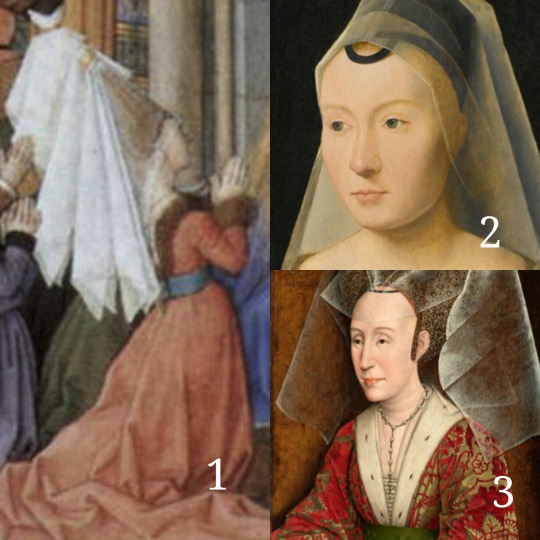
These are those headdresses. The ultimate headdress for a Princess. These headdresses made of stiffened material and draped with veils. They came in the popular cone shape (image 1), or the truncated shape/ flower pot (image 2) or the divided version (image 3). These were popular in the 15th Century, coming from the French courts and the Burgundian court.
Stickelchen Cap

This headdress was made up of a padded piece pinned to the hair, draped with a veil and topped with a heavy almost square-shaped cap usually heavily beaded and embroidered.
Wimples
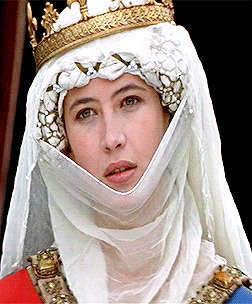
Wimples were drapes of material that covered a woman's hair, neck and sometimes her face. With its similarities to hijab, historians suspect that wimples might have been among the fashions that crusaders (dick-heads) brought back. Wimples were often worn to show modesty, with many nuns and religious women taking it as their signature look.
Balzo

These headdresses are circular rolls of materials fitted to be worn at the back of the wearer's head. They could be stitched with veils and precious stones.
Crespines/Cauls

These were popular for a long period of time, close to two centuries. These provided ladies with long hair to tidy it out of way. Women wore their hair on either side of their heads, held by thd crespines which could be made of mesh metal or cloth netting. The whole thing would be secured with a fillet, a length of material or metal fitted over the top of the head.
French Hood

The French hood is a crescent shaped headdress that sits atop the head, allowing the front half of the hair to be shown. The back was always stitched with a veil. The front half of the hood wasn't a fucking hairband (calling out Wolf Hall) but rather a significant height usually bejewelled and embroidered.
English/Gable Hood

This sort of looks like a roof but a rather regal roof. The ancestor to the French hood, it was the favourite headdress of Katherine of Aragon and Jane Seymour. It has always been one of the more regal looking headdresses to me.
Kokoshnik
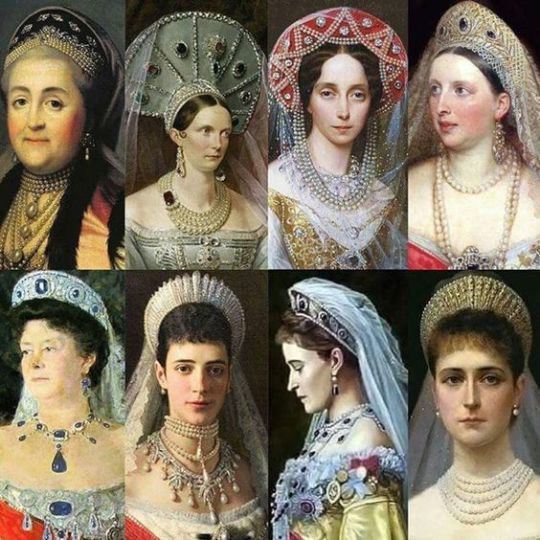

My favorite headdress of all time. It is Russian headdress of all different shapes, the most popular and common being the crescent shaped one. Most kokoshniks were accompanied by bands of beads or pearls laid across the forehead or a large bow at the back. I fucking love the kokoshnik.
3K notes
·
View notes
Photo
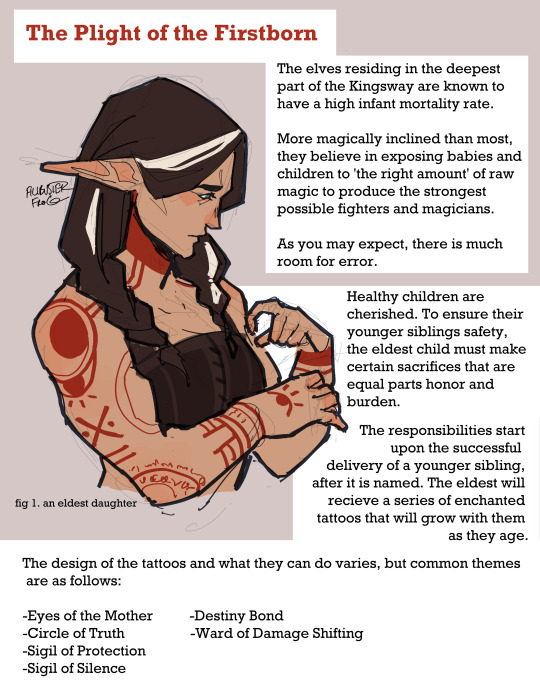
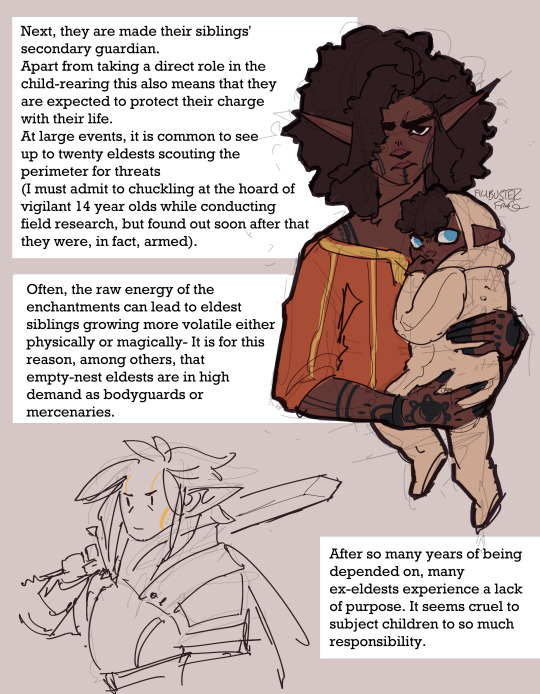
some eldest elves have a bit of a shit time of it
7K notes
·
View notes
Text
How to go from worldbuilding to an actual plot:
1. Pick a time in place in your fictional world
2. Imagine how current events in that time and place would play out if no outside forces intervene
3. Imagine the sort of person who would most drastically fuck everything up for everyone concerned just by showing up
4. Introduce that person to that time and place and tell the story of he resulting catastrophe
11K notes
·
View notes
Text
How to Write Heartbreak!
Writers love to torture their readers, whether it be with death or breaking a character's heart.
1. Calm before the storm.
Give your readers a happy chapter, just before everything falls apart. Allow your characters to have a chapter where they're all sitting around, laughing and enjoying each others company. Let them talk about what life is going to be like when they defeat the villain or win the war. The next chapter, crush all of that. The characters enter, but not all come back out.
2. Betrayal.
A character tells their most trusted secrets with their best friend, or someone they care deeply for. Next thing they know, that same person is standing on the side of the antagonist. They were leaking the secrets to the antagonist. That's why character A's plans were always foiled. Character A's heart is completely shattered. They don't know what to do with themselves anymore. The one person they trusted most betrayed them. Use flowy words and flowery language to describe the despair they fall into.
3. Manipulation.
Character A manipulated Character B forcing them to believe something that simply wasn't true. Character B gets a bad case of Stockholm Syndrome and then finds out their entire world was lies. All a ruse created by character A. Character B's heart is shattered and torn. They have no clue what's real or what's fake anymore. Character B falls into insanity or loses all sense of reality. Maybe character A realizes what's happening and what they did was wrong, and they now try to save character B, but can't. They are too far gone.
4. Death.
Death is an obvious way to hurt a reader and character, but done in certain ways it can have a huge impact on them. Make a character so lovable nothing bad could ever possibly come to them. Make a character a fan favorite. Make characters fall in love with other characters. Then, kill them off. Make other characters watch the deaths, but don't make them go all revenge. The first stage of grief is denial. The characters should sit there, perhaps clutching the body of the dead ones, and weep, tell themselves its all a bad dream. Have them pinch themselves saying "wake up! Wake up!" Make them convince themselves that they aren't dead. They're just sleeping. They're just injured and if I take them back to base and fix them up everything will be fine. Especially if the bond between them was unbreakable.
5. Crush Dreams.
Allow your characters to achieve something they've always wanted too and have been working for years to get too. Let something from their past fuel them, like trying to make a long lost friend proud or making a promise to a family member on their death bed. Once they are right there, and their goal is in the palm of their hands, snatch it away. Crush their hopes and dreams. Make them doubt their abilities. Make them be a hero who failed at saving the world. Make them think they disappointed everyone. Put them at the lowest point they could be at. Then, bring them back up. Before knocking them down again. Kick them when they're already on the ground.
6. Blame.
Let's say character A's mother was killed and they watched. Make them go through their story blaming themselves for her death. Make them always think "if only you had done this you could have saved her." "If only you were stronger she would be here." They think they killed their mother when in reality there was nothing they could have done. Especially if they were a child and this is their childhood trauma. If the character is the hero, make this hinder them. Everytime they try to save someone, they remember how they "killed" their mother and freeze up.
135 notes
·
View notes
Text
The devil whispered in my ear "you are not strong enough to withstand the strom"
And I whispered in my devil's ear "I am the storm"
Unknown
41 notes
·
View notes
Text
6 Tricks to Layer on Stakes
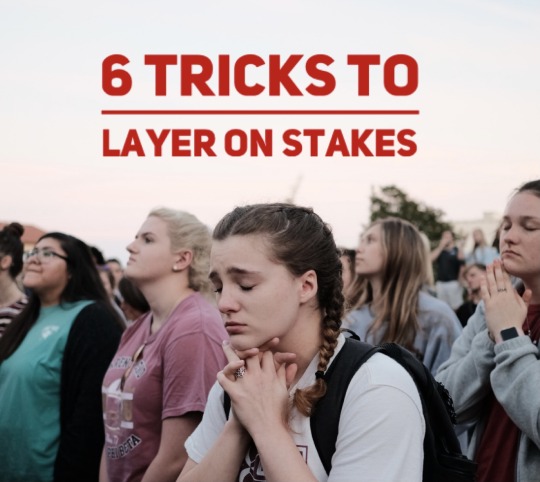
Every great story has stakes–things that are at risk throughout the plot. It might be that the protagonist’s life is at risk, or perhaps a romantic relationship, or maybe the opportunity to go on a long-awaited trip. Years ago, I had a hard time understanding stakes, and I think it was in part because they were often defined vaguely. Everything clicked when I realized that they are really potential consequences, which is how I prefer to define them now.
Stakes are significant events that could happen, and they include a sense of cause and effect. Typically, you can fit stakes into an “if … then … ” statement (even if it’s not literally written as one in the text):
“If I don’t defeat [the antagonist], then he’ll hurt my family.”“If you become a vampire, then the only thing you’ll love is blood.”“If we don’t fight back, then he’ll take all our land, our homes, our lives we built.”
“If we don’t keep moving, then dehydration will kill us.”
Great stakes are closely related to tension, suspense, and hooks. All three get the audience to look forward and anticipate what could happen, usually by getting the audience to hope or fear a potential consequence. The audience then has to keep reading to discover the actual outcome.
All easier said than done. For many writers, stakes can be difficult to get on the page specifically because they require the writer to brainstorm possible, future outcomes–some of which may not actually happen.
For example, say your characters are stranded in a desert. They decide if they don’t keep moving, they could die of dehydration. But perhaps, in reality, it turns out if they had stayed put, they would have been rescued. Stakes aren’t always about what actually happens. Remember, they are about risk.
In a page-turner of a story, you’ll want to brainstorm and put in much more stakes, or potential consequences, in the text than what actually happens. For some of us, it’s hard to brainstorm enough of those, so here are some tricks.
1. Look at both positive and negative potential consequences.
When it comes to stakes, we often focus on the negative … because that is what is at risk.
“If [the protagonist] doesn’t defeat [the antagonist], [the antagonist] will take over the world.”
But putting positive outcomes on the page can sometimes be just as effective.
“If Samantha can nail this audition, then she can finally star in a movie.”
In this example, a positive potential consequence is what is at risk. Sure, we could change it to a negative–if she doesn’t nail the audition, she can’t star in a movie.
But the exercise of looking at both positive and negative potential consequences can help you brainstorm new ones. After all, if we were only looking at the negative, we may not have come up with “starring in a movie.”
2. Add to the cause-and-effect trajectory
Once you have one stake on the page, you can often add more to it, by taking the cause-and-effect trajectory out further. Suzanne Collins does this well in the opening of The Ballad of Songbirds and Snakes.
If the protagonist can’t eat cabbage soup, then he can’t get his stomach to stop growling (consequence #1), which means people will realize he’s poor, not rich (consequence #2), which means his reputation will be ruined (consequence #3), which means he’ll lose his opportunity to be a mentor through his school program (consequence #4), which means he’ll unlikely be able to meet the credentials needed for college (consequence #5), which means his family won’t be taken care of (consequence #6), which means his cousin might have to succumb to prostitution (consequence #7).
Whew, that’s a lot that hinges on making cabbage soup. Suddenly finding out whether or not the cabbage soup is going to work feels way more important!
You don’t have to take it out that far, but hopefully you get the idea.
3. Consider broad potential consequences
Another helpful approach is to look at how a potential consequence can have broader ramifications.
This works even with personal matters.
“If Jasper doesn’t return Emily’s love with a proposal, her descendants may be doomed to live in poverty.”
Here, something personal, love, has been broadened to include a family line–all of Emily’s children.
“If George doesn’t get to water, he could die of dehydration, which means his evil uncle could take the throne.”
In this example, the protagonist’s possible death affects a whole kingdom.
4. Consider personal potential consequences
A reverse of the previous is to look at ways to make potential outcomes more personal.
“If I don’t defeat the antagonist, he’ll take over the world–my mom, dad, Frankie, my entire hometown won’t survive.”
Here we move from a broad problem to a personal risk.
5. Pull in other cause-and-effect trajectories
In most stories, there are multiple cause-and-effect trajectories at work–this is what makes up the plot. There might be a primary plot, a secondary plot, tertiary plot, etc. There might be cause-and-effect trajectories that only last for several chapters or less.
One way to brainstorm more stakes, is to try to connect the current situation to an indirect stake.
For example, say in one plotline, the protagonist is concerned about training her dog. In another plotline, she’s concerned about getting her love interest to take notice of her. They may seem pretty unrelated, but you can look for ways to make them connect. If she can’t get her dog trained, then Fido might decide to try to chase after the love interest’s car–earning her the wrong kind of attention.
6. Look at perceived threats
Sometimes a perceived risk can also work well. Meaning, the character thinks something is at risk, when it actually isn’t. Multiple times in the Harry Potter series, Harry is at risk of being killed or expelled, but since we know there are more books in the series, we can surmise that he won’t be … at least not until near the end, probably.
Or perhaps you are writing about a child who thinks if she lies to her teacher, she’ll go to jail. This is obviously not true, but to her, it’s a possibility.
When perceived threats are written well, it can often feel as if they are real, even when the audience knows they aren’t. This can be effective to layer on (and is better than nothing), but needs to be mixed up with the others, as its often not as powerful.
With these six approaches, you should be armed to brainstorm more, significant stakes. To learn more about stakes, you can read my other article on them here: How to Write Stakes in Storytelling.
702 notes
·
View notes
Photo

𝐋𝐨𝐯𝐞 𝐧𝐚𝐦𝐞𝐬 𝐥𝐢𝐬𝐭
Valentine���s day is coming up tomorrow so what better than a list of names that are associated with love! ♥
Continuar lendo
810 notes
·
View notes
Photo


instead of doing anything new or challenging I just tweaked my vamp oc into a Sith Inquisitor for SWTOR since my friends and I are playing it together.. so have some sketches
587 notes
·
View notes
Photo

𝐋𝐨𝐧𝐠 𝐧𝐚𝐦𝐞𝐬 𝐥𝐢𝐬𝐭
hello everyone! i am finally back with a new name list, i hope you enjoy it and find it usefull!
Continuar lendo
1K notes
·
View notes
Photo
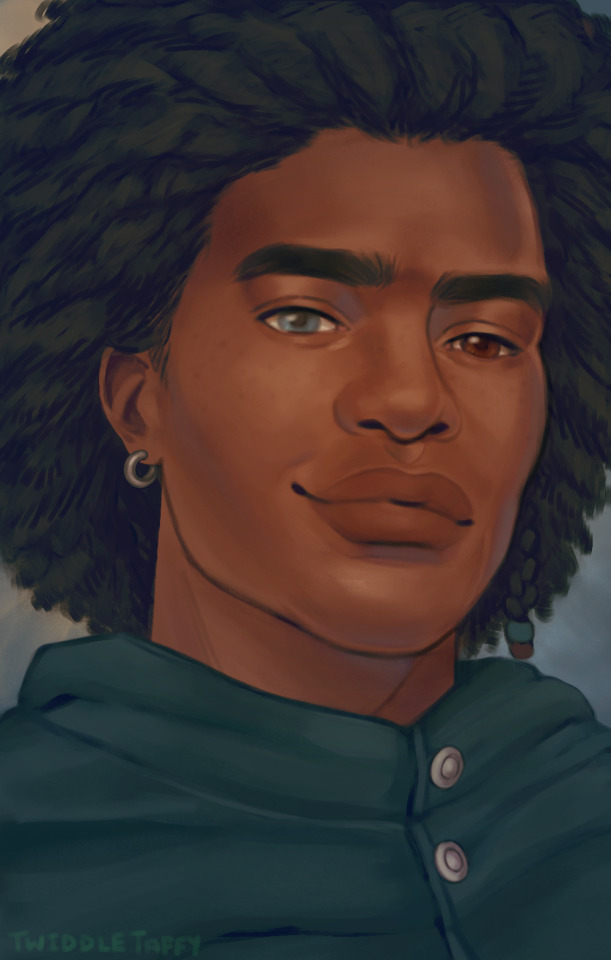
I started playing Pillars of Eternity recently and I wanted to make a portrait to use in game for my Watcher, so here he be.
814 notes
·
View notes
Photo

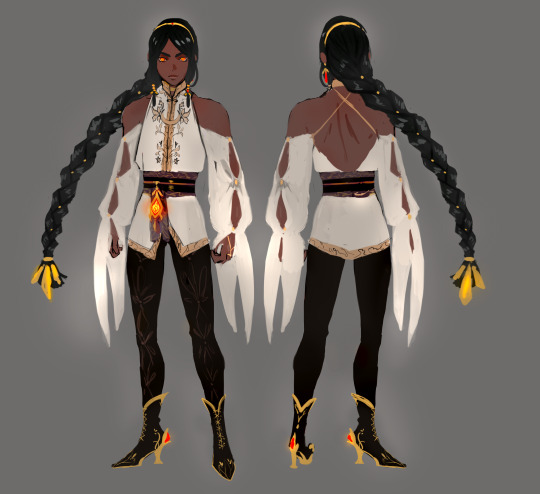
made an oc for genshin impact to kiss kaeya
hes a noble pyro user from sumeru
would you gamble your last penny to get him..i swear his fighting kit is fun and op
2K notes
·
View notes
Text

you ever find old ocs and feel like you gotta redraw them? 💕
249 notes
·
View notes
Text
“People look at me and think they already know the most important thing about me. I’m tired of being treated like I can only ever be one thing.”
“Let’s show them, then. Let’s show them everything you can be.”
111 notes
·
View notes
Text
Prompt 172
“You saved me.” The hero trembled like a leaf in the wind, head still swimming from the intensity of the last few minutes. “Why?”
“I want you there when I win,” The villain brushed their cheek softly, a small smile on their face. “Whether it’s by my side or at my feet is up to you.”
997 notes
·
View notes
Text
Iron Tiaras
Iron jewelry, also called Berlin Ironwork jewelry because it was primarily made in Berlin, was popular in the early 1800s. It came to prominence during the Napoleonic Wars when the Prussian Royal Family asked citizens to donate their gold and silver to fund the war effort. People would turn in their gold jewelry and receive iron jewelry in return which would typically be inscribed with Gold gab ich für Eisen/I Gave Gold for Iron or Für das Wohl des Vaterlands/For the Good of the Fatherland. Since it was black in color from the linseed oil or lacquer coating it could be used for mourning but was more frequently used as a way for people to show their patriotism and resistance to Napoleon. The designs followed other jewelry trends at the time like cameos and naturalistic elements. The style spread to other countries and remained popular until the mid-1800s. Because of the brittle, rust prone nature of iron few examples survive today.
Iron Cameo & Leaf Tiara, circa 1810, Albion Art Institute
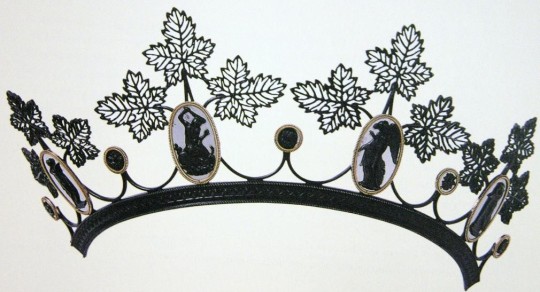
Iron Cameo Tiara, Faerber Collection
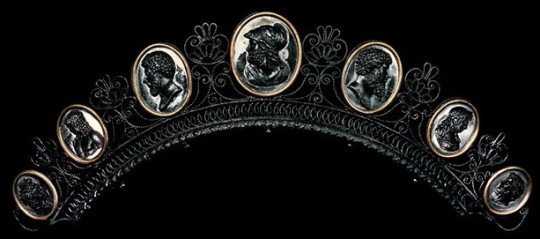
Iron Cameo Tiara, circa 1820, Rheinische Eisenkunstguss-Museum
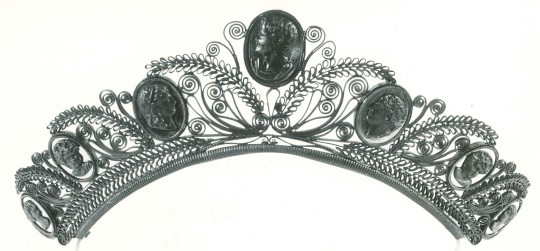
Iron Tiara, Nordiska Museet
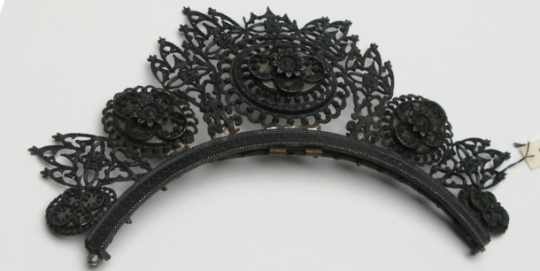
Gothic Window Iron Tiara, circa 1825, Hunt Museum
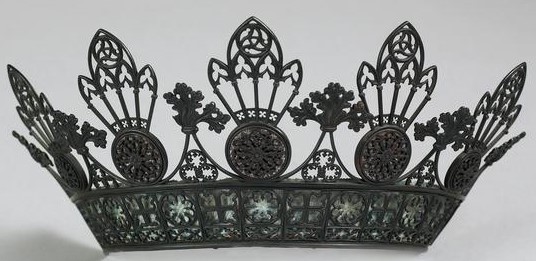
Iron Cameo Tiara, circa 1830, Kunstmuseum Den Haag

Iron Cameo Tiara, circa 1830, Berlin Museum
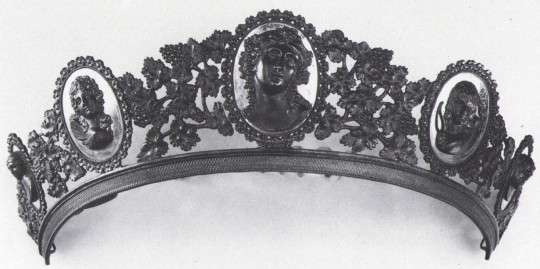
Iron Tiara, Tekniska Museet
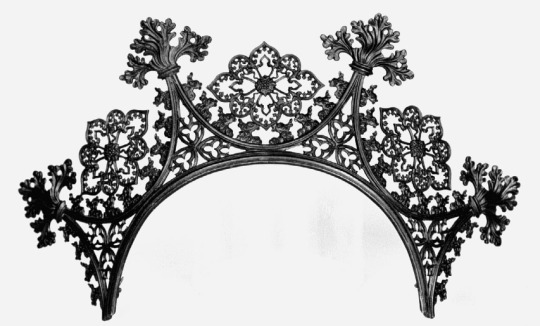
5K notes
·
View notes
